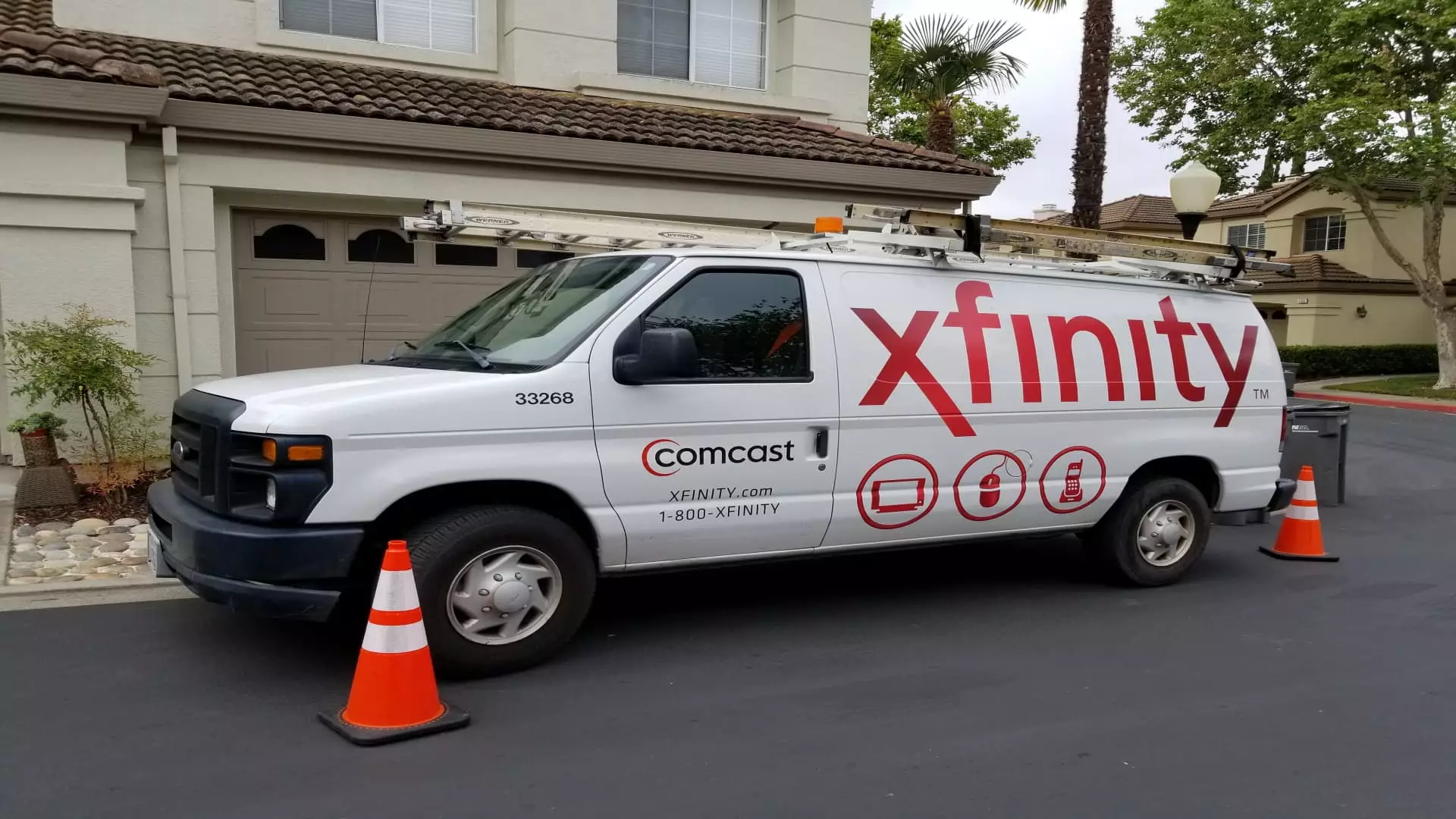Comcast, the largest U.S. internet provider, experienced a setback in its residential broadband growth during the third quarter. The company reported a loss of 18,000 residential broadband customers and warned that the losses would continue to increase in the fourth quarter. This decline can be attributed to various factors, including the impact of rising interest rates on the housing market and increased competition from wireless providers such as T-Mobile and Verizon.
Rising interest rates have had a significant impact on the buying and selling of houses, which has subsequently affected the demand for new home internet connections. Mortgage demand is currently at its lowest point in nearly 30 years, with the 30-year fixed mortgage rate reaching 8% for the first time since 2000. This slowdown in the housing market has resulted in a decline in residential broadband net additions for Comcast.
Growing Competition from Wireless Providers
In addition to the challenges posed by the housing market, Comcast is also facing increased competition from wireless providers such as T-Mobile and Verizon. These providers have expanded their high-speed broadband customer base, adding a significant number of new subscribers in their third quarter reports. Comcast’s decision not to engage in a price war with these competitors may have hindered its ability to regain residential broadband growth.
Despite the decline in residential broadband net additions, Comcast executives have encouraged investors to focus on the rising average revenue per user (ARPU) growth. The company’s residential broadband ARPU rose by 3.9% in the third quarter, primarily driven by price increases. Comcast expects ARPU growth to remain strong and act as the primary driver of broadband revenue growth. However, the company anticipates higher subscriber losses in the fourth quarter.
While Comcast faces challenges with its residential broadband segment, its other ventures have shown positive results. The company owns NBCUniversal, which includes theme parks and the streaming service Peacock. Theme park revenue increased by more than 17% in the quarter, and Peacock added 4 million subscribers, reducing losses from the previous year. However, investors did not respond favorably to these results and were more concerned about the lack of projected broadband growth.
Comcast recognizes the competitive environment it operates in and has chosen not to engage in a price war with wireless competitors. The company plans to continue investing in a better network and compete aggressively while maintaining financial discipline. This approach involves making decisions to balance rate and volume strategically. Although Comcast added 294,000 wireless subscribers in the quarter, residential broadband still holds a higher profit margin and generates more revenue for the company.
Comcast faces challenges in its quest for residential broadband growth. The decline in net additions can be attributed to factors such as the impact of rising interest rates on the housing market and the growing competition from wireless providers. While Comcast aims to shift investors’ focus to its rising ARPU, the lack of projected broadband growth has caused concern among investors. The company remains committed to eventually returning to broadband growth but has not provided a specific timeline. As Comcast navigates this competitive landscape, financial discipline and strategic decision-making will play vital roles.


Leave a Reply